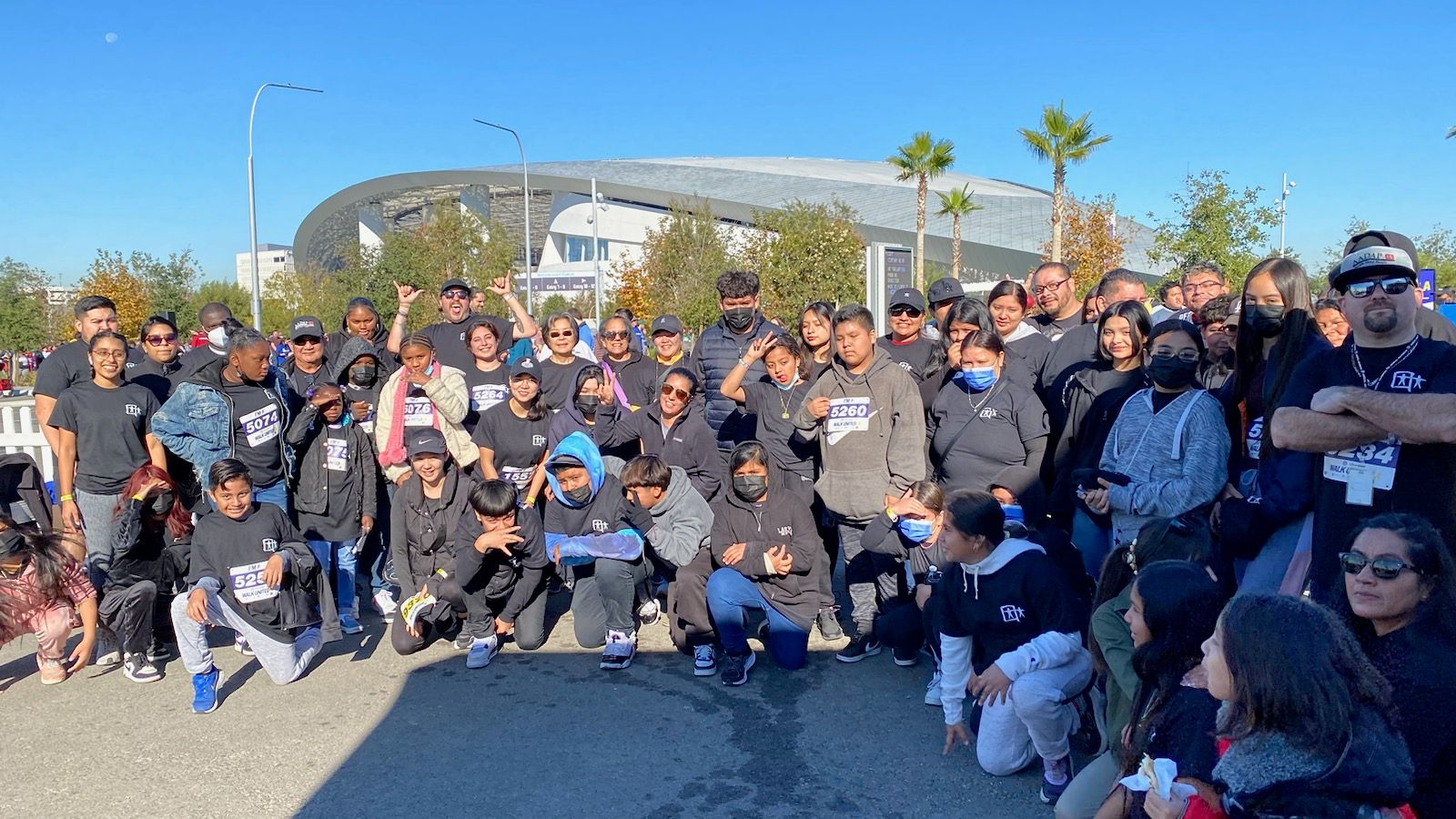Asian American Drug Abuse Program, Inc
AADAP builds upon over 40 years of successful experience in serving and providing comprehensive services to youth and families in South Los Angeles. AADAP’s demonstrated track record and success of providing services to gang involved youth will ensure that this proposed program will complement the agency’s dedicated efforts of engaging the youth in pro-social activities, assisting youth in becoming more responsible and completing high school, saving lives, and ensuring public safety.
Visit this organization’s website to learn more

2 Submitted Ideas
 PLAY ·2025 Grants Challenge
PLAY ·2025 Grants Challenge2 Cool 4 Meltdown

AADAP’s anger management program supports elementary and middle school youth in South Los Angeles by addressing aggression, delinquency, and emotional health. Core services include Parent/Youth Orientation, Comprehensive Case Management, Youth and Family Support Services, Pro-social Activities, Parent Workshops, and Aggression Replacement Training (ART). Delivered after school, weekends, and during breaks, the program promotes school success, positive behavior, and safer communities.
- 2013 Grants Challenge
School Based Mentoring

Provide a school based mentoring program. AADAP shall target children and youth ages 7 to 15 years of age. The children and youth are identified as being at risk of failing or dropping out of school, at risk of joining a gang or using drugs. Program Goals: 1. Strengthen the social, emotional, cognitive and behavioral competencies of children living in poverty; 2. Improve the children’s commitment to school and to academic achievement; 3. Improve the children’s understanding of healthy standards of behavior; 4. Improve each child’s resilience, self-efficacy and sense of the future; and 5. Strengthen each child’s sense of self-worth. 6. Help reduce the negative impact of an absent mother or father on a child’s well-being and life potential. 7. Help reduce the negative impact of poverty and other socio-economic stressors on child’s social and emotional well-being, academic performance, and ability to develop essential life competencies. 8. Increase opportunities for every child’s success in school and in life. 9. Help youth develop self-esteem, motivation, and self-management skills to work towards high school graduation and higher education. AADAP's School-Based Mentoring Program supports economically and educationally disadvantaged children in public elementary and middle schools with volunteer mentors who spend at least one hour per week at the school for the entire school year. The mentor and the youth meet for a one-to-one mentoring in the classroom, school library, school computer room, neighborhood community center, or other set location. They shall meet once a week to read together, play sports, play games, or simply talk about life and personal issues – just as friends do. Mentoring Activities include but is not limited to the following: * Arts and crafts * Team Building * Goal setting * Conflict resolution * Motivation * Cultural diversity and sensitivity * Communication skills * Leadership development * Self-esteem enhancement * Career exposure/awareness * College exposure/awareness * Community service * Social events or field trips The youth we serve are some of the most disadvantaged in South Los Angeles. • We are serving youth who are not attending school. • We are serving youth living below the federal poverty level. • We are serving youth whose parents are incarcerated. • We are serving youth whose father and/or mother have abandon them. • We are serving youth whose siblings have already joined gangs and/or have been in juvenile detention. • We are serving youth who are teased at school because of some physical or emotional problem that is evident to their peers. • We are serving youth who are not allowed to play outside after school because the neighborhood they live in is so dangerous. • We are serving youth who are being raised by grandparents. • We are serving youth whose father and/or mother are using drugs. • We are serving youth who are giving up on school and on life. There is hope! Research shows that well-run mentoring programs are likely to be a powerful intervention for improving the well-being and academic and life skills of disadvantaged youth. It also states that youth in mentoring programs have higher levels of functioning including higher scholastic competence and grades, fewer days of class missed, lower levels of substance abuse, more positive peer and parent relationships, and less physical aggression. Youth who participate in the program show dramatic improvements in their daily lives. • 85% made progress in their overall school performance. • 74% participated in class more. • 58% improved their classroom behavior. • 58% had a better sense and interest in the future. • 64% developed more positive attitudes towards school. • 64% developed higher levels of self-confidence. • 80% avoid adolescent pregnancy; • 84% experience higher levels of self-esteem; • 76% do not begin using alcohol and drugs • 62% become more aware of educational and career options; and • 53% experience improved relationships with their peers and family members.